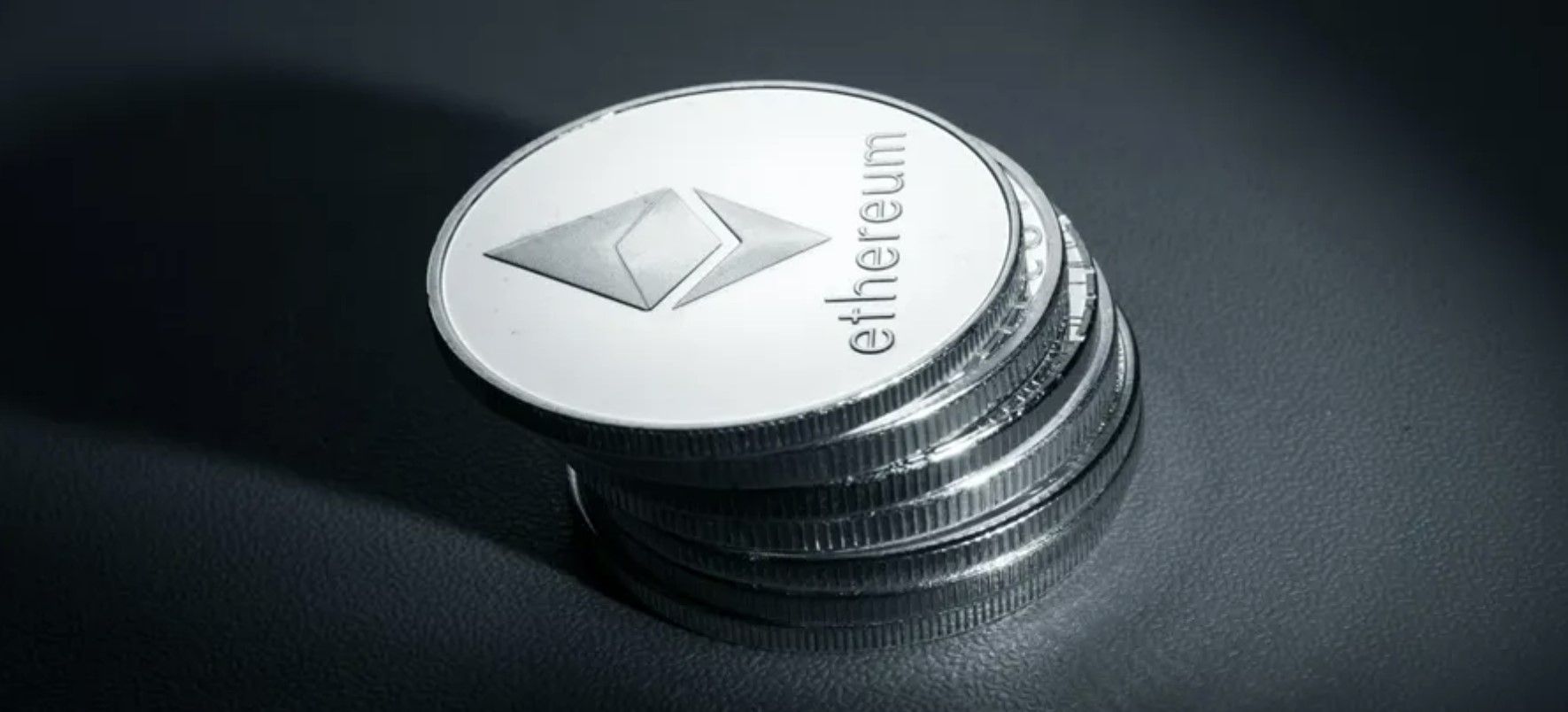Concentrating on gradual advancements rather than rapid fixes, Ethereum is creating a clear path for updates in the next three to five years. Vitalik Buterin, Ethereum’s co-founder, is placing thorough research first to ensure the network is secure, flexible, and ready for future challenges. This long-term approach aims to keep Ethereum at the center of blockchain technology.
The Pectra upgrade, originally slated for April 2025 and later rescheduled for May 2025, represents Ethereum’s next major step. It integrates the Prague and Electra upgrades to boost both execution and consensus layers. It focuses on making staking cheaper, smarter, and smoother, while also boosting security and validator flexibility.
Account abstraction improvements allow smart contract wallets to execute code, simplifying user transactions. Having been tested on testnets such as Holesky and Sepolia, Pectra promises to lower fees, accelerate processing, and improve developer tools, thereby positioning Ethereum for wider adoption.
Protocol Evolution and Research-Driven Upgrades
Vitalik Buterin’s research focus for the next three to five years centers on enhancing Ethereum’s fundamental performance and scalability. A key focus is boosting Layer 1 throughput while enabling Layer 2 rollups, especially zero-knowledge (ZK) rollups, which now secure billions of dollars in value and multiply transaction capacity.
Buterin recommends replacing the Ethereum Virtual Machine with an RISC-V-based execution environment to enhance ZK proof efficiency, potentially accelerating roll-ups and reducing costs.
The plan also aims to simplify the protocol, enhance interoperability, and prepare Ethereum for future threats, such as quantum computing. These efforts indicate a shift toward research-driven advancements that may yield long-term results sooner than expected.
Strategic Phases Powering Ethereum
Ethereum’s vision for scalability, security, and ecosystem growth centers on expanding transaction capacity and enhancing network security. By extending blob data storage, Ethereum aims to reach 100,000 transactions per second, significantly alleviating layer 2 rollup costs and congestion. Interoperability across layer 2 systems will improve through standardized cross-chain bridges, making asset transfers seamless.
Security features, such as native rollups and formal verification, aim to expedite withdrawals and enhance trust. The plan also reinforces ETH’s status as the main asset across layers, optimizing fees and sustaining sustainable revenue. This roadmap demonstrates Ethereum’s commitment to practical updates that prepare it for mass adoption.
Meanwhile, the Ethereum community is deeply involved, engaging in open discussions and testing updates on various testnets. This collaborative approach ensures that each protocol update is carefully evaluated before mainnet deployment, reducing risks and promoting smoother transitions.
READ MORE: Arbitrum Hits $300B Trading Volume on Uniswap, Leading Layer 2 Networks












